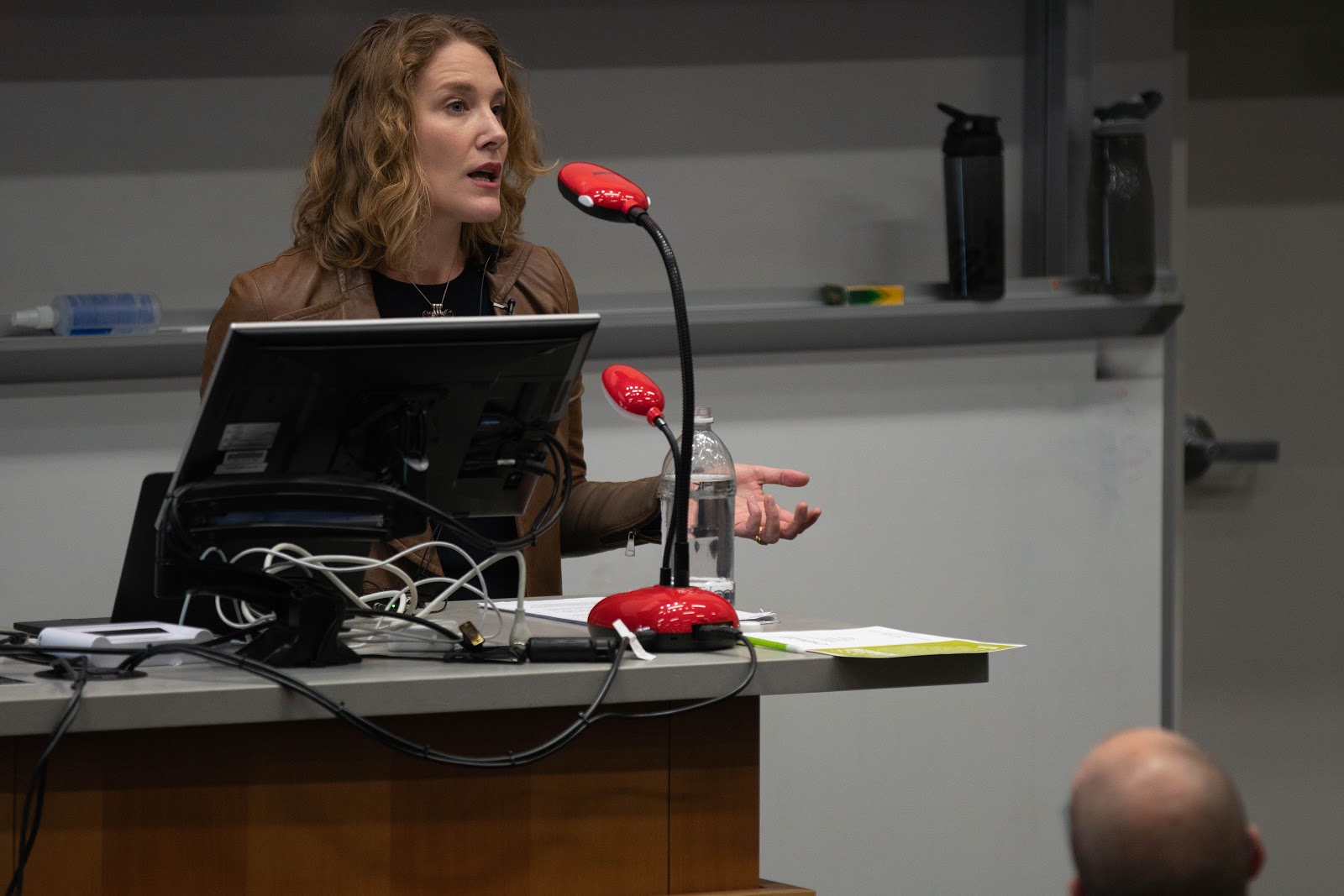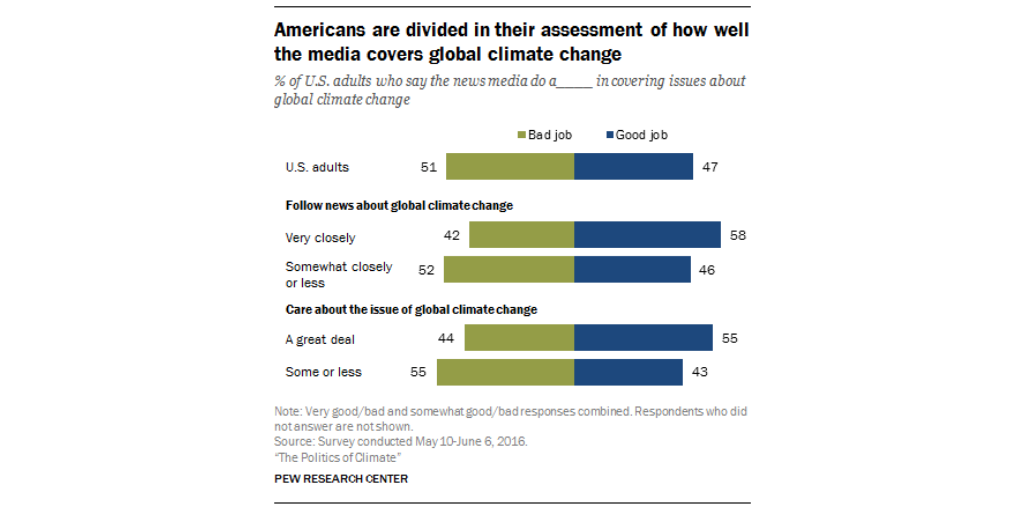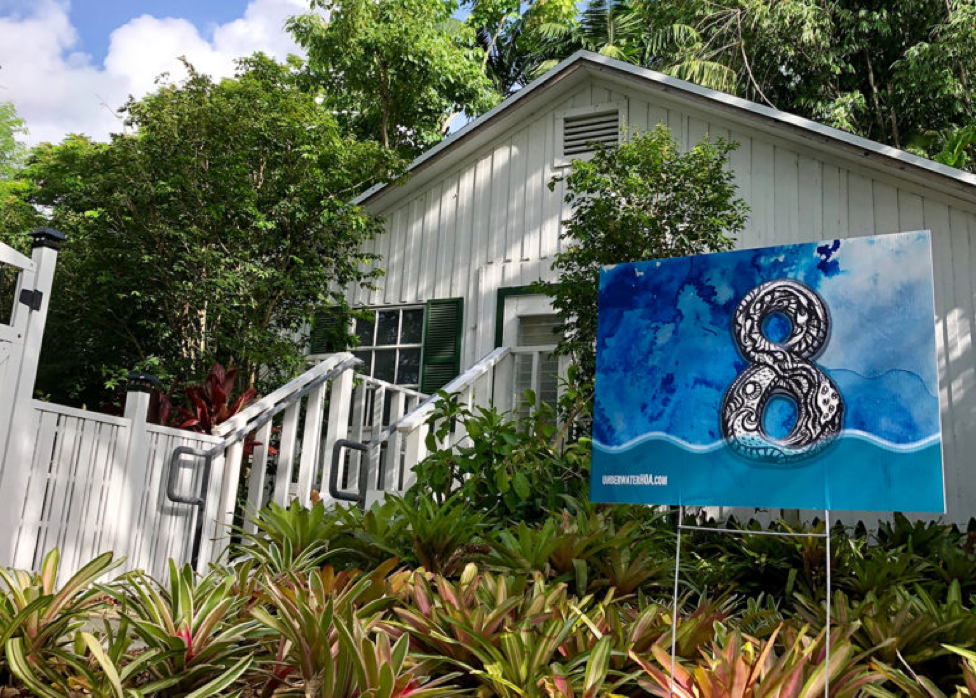When Rosalind Donald, began researching the overall community understanding of climate change in Miami, Florida, she was interested in learning how the effects of climate change, and the impacts, were communicated to the local community.
“Climate change is a slow-motion disaster,” Donald, a former journalist and now a researcher and PhD candidate at Columbia University, said.
By listening to people in the Miami community, it became apparent to Donald that climate change isn’t taken as seriously as it needs to be. And more importantly, the stories that are written are often pushed aside or ghettoized.
“Many incredible journalists cover climate change,” Donald said. “Most of their stories show up in the science and environmental sections at the back of the paper or online.”
Donald feels there is much more positive and multi-disciplinary way to cover climate change. Journalists on every beat have a unique opportunity to write stories connected to climate change that tackle new angles outside the standard, science-driven narrative.

The struggle of reporting on climate change
The problem with reporting on climate change is that the majority of coverage surrounding the topic is negative, Donald said, and “it reinforces [climate change] as something that is far away, and something that doesn’t impact them.”
Typically, climate change reporting involves trying to inform and educate the public about the science and the numbers behind it. With so much focus on data, journalists can lose sight of the most essential part of the story — the people.
“The ways that people talk about it really has to do with their identity and the way they think a good life can be lived,” said Donald, who promotes meeting people where they are in order to hear their stories.
She argues that when journalists take the time to listen to the people involved, whether the effects are tangible in their coverage area or not, a new and more proactive narrative is created. Collaboration and connecting with people is the key to effectively covering and normalizing climate change. After all, it’s a topic that impacts everyone.

Supercharge climate change coverage
Every beat has a story that can be connected to climate change. The key is looking at the stories from a different angle. Not every story needs to lead with science or statistics to be an important part of the conversation.
(1) Focus on infrastructure
All infrastructure is vulnerable to climate change, and failing infrastructure is more of an immediate threat than rising sea levels or melting glaciers.
Not all companies take climate change into account when building, and as Donald explained, more concrete means less area for water to absorb in the event of flooding. On the other hand, some buildings and structures from the early twentieth century are falling apart.
All of these things impact people and how they live their daily lives.
(2) Get creative with arts and culture
With a focus on reporting the negative side of climate change, it is easy to miss the positive things being done to raise awareness and educate the public.
Artists like Xavier Cortada are using their talents to bring awareness to the effects of climate change. Working with homeowners in the Miami area whose homes sit at a low elevation, Cortada created an art installation in December 2018 called the “Underwater Homeowners’ Association.”
Homeowners displayed yard signs that were each marked with the number of feet the sea level must rise to put the home underwater, as a way to raise awareness for climate change. Cortada has since partnered with scientists and community leaders to hold public meetings to educate homeowners in the area on addressing the effects of climate change.
(3) Think about food & drink
Stories from the food beat are an effective way to address climate change on a local and international level.
Climate change affects the seasons and impacts how, when and where food is grown. As a result, food supply chains are under threat, farmers and the agriculture workforce are being displaced and livelihoods are being threatened.
Food is a key mechanism to bring people into the conversation around climate change. People can see it — or taste it — which offers opportunities for journalists and storytellers.

(4) Focus on community journalism
Climate change stories are often riddled with data and science, and lack emotional engagement. Stories need to be relatable for readers to engage with the issue.
Donald encourages journalists to draw from their own experiences and communities when covering climate change. Tying the story back to things that matter to the community, like the local rose garden or lake, can really get the point across. Journalists should consider what would grab readers’ attention in a community newspaper.
“Start with yourself,” Donald said. “Think about how you see it and connect with your community.”
(5) Learn about climate change
It’s important for journalists to have a basic understanding of climate science, and there are a number of resources designed specifically with them in mind. For example, Climate Communication offers Climate Matters in the Newsroom trainings around the U.S., and provides resources to journalists interested in learning more. Other organizations like the Society of Environmental Journalists, Earth Journalism Network and more, all offer guides or courses on the topic.
Even with research, journalists won’t understand everything. Donald suggests that journalists collaborate or reach out to scientists to make sense of challenging topics. A lot of the climate change information journalists have to work with is very complex, and hearing from people with different areas of expertise can make it easier to understand.
(6) Ask your editor for support
Editors can help change newsroom culture by fostering a collaborative environment and encouraging multiple desks to cover climate change. They can also help by providing training and ensuring that a diverse cohort of journalists and designers work on these stories.
“When more people with more expertise cover climate change or talk about it the discussions and conversations about it get much more sophisticated,” said Donald.
Main image via Denise Silfee, climate change rally Oct. 29, 2018, Eugene, Ore.
Each term, the University of Oregon invites guest speakers in the academic and professional media industry to participate in the “Demystifying Media” seminar series. The series gives faculty, students and staff the opportunity to explore the impacts of 21st-century media revolution through cutting-edge practice and research.
Columbia Journalism School Ph.D. candidate and researcher Rosalind Donald presented the first lecture of the spring 2019 series on “how climate change can be a part of any beat.” Coverage of the lectures is provided through a partnership with the University of Oregon.
Destiny Alvarez is a graduate student studying journalism at the University of Oregon School of Journalism and Communication (SOJC). Alvarez is the 2019 Editor-in-Chief of the award-winning student-led SOJC publication Flux Magazine. She is also the Spring 2019 Demystifying Media Intern and a 2019 Charles Snowden Program for Excellence in Journalism intern for The Register-Guard in Eugene, Oregon.
Alvarez graduated from the University of Idaho with a B.S in Journalism in 2017 and will finish her M.S in June of 2019. She is a proud Idaho Vandal, journalist and coffee enthusiast.
